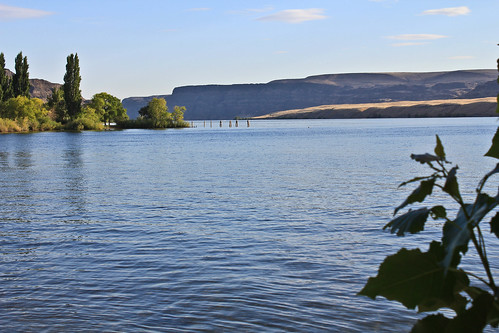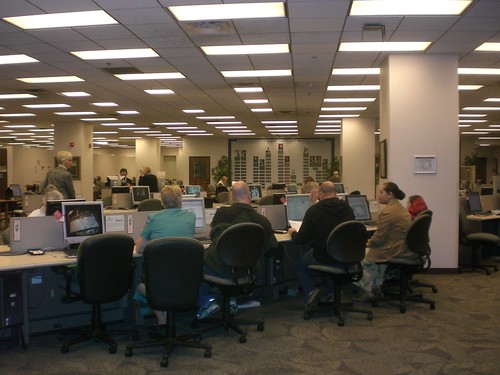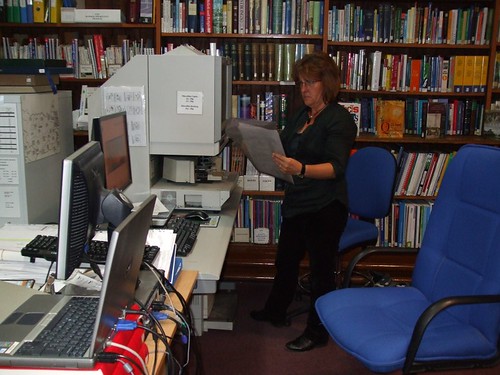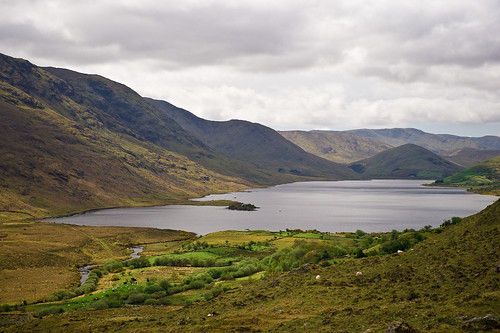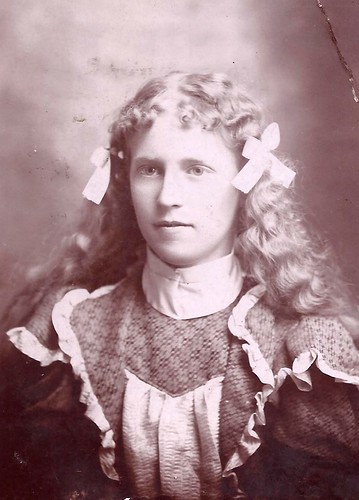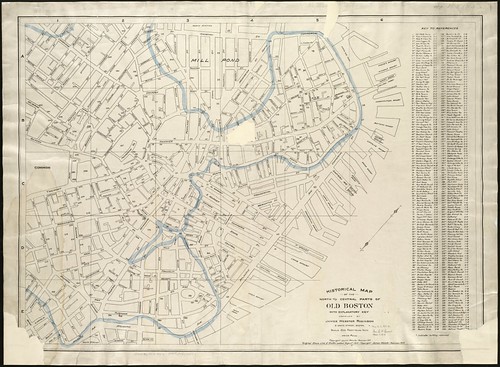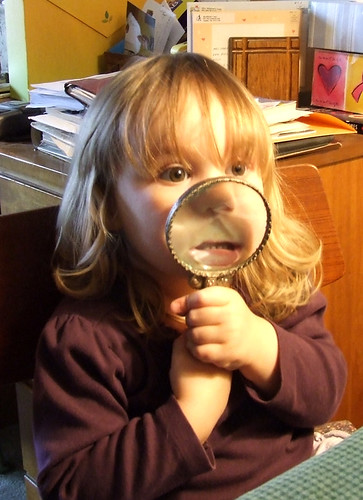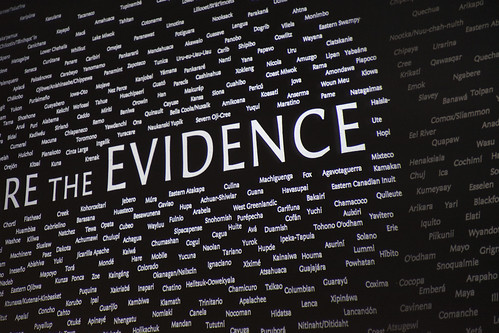
One of the most significant new genealogy offerings of 2012 will be FamilyTree by Family Search.
Family Tree will be
free and will be open to everyone. To members of The Church of Jesus Christ of Latter Day Saints it will replace New Family Search.
The data in New Family Search will be the data in FamilyTree. New Family Search has been a great tool for members with one big problem, much of the data is wrong.
For more detail, a previous article on how FamilyTree will change and improve things,
click here.
My topic for today is about evidence. This is critical in serious genealogy research. FamilyTree is serious. But for all applications evidence is critical. In FamilyTree there is only one tree. In other words, all my cousins have the same grandfather and we all tie into the same part of the tree. So if I input a fact, it shows up on all my cousins trees too.
Therefore - we not only need to collaborate we all need to provide evidence and documentation. So here are some principles regarding proper evidence:
Evidence has many facets. Its purpose is to furnish proof. It sometimes contradicts what we have believed to be factual. Yesterday, here in world wide support, we had a lady extremely irate when we changed a files information based on proof another ancestor provided. First point, irate isn't a good place to be. I can tell you that I know it will be a paradigm shift for many to have to have other relatives having a say in what is on the FamilyTree. I can also attest this is so exciting and it will be a huge blessing to us all.
Consider the benefit of uniting generations. Everyone is stuck on certain ancestors. Me for example on Patrick Cragun. If we provide all of our ancestors facts and evidence on all between Patrick and us we can focus on him. Our cousins and our children won't have to waste time repeating our efforts.
As there are many different ways to prove something. Sometimes we will have to analyze, discuss, correlate, carefully evaluate, even make a reasoned judgement as we decide. So the better the evidence the better it is for all of us.
As you look at evidence be asking yourself what does it say to you. How relevant is it to your research? Does it provide direct answers to the questions you are researching? Does it provide indirect answers, it helps but cannot stand alone. Does it provide a negative conclusion or no answer at all? Does it provide new insights, a different conclusion, the same answer, or new clues? You do like being a detective don't you?
All genealogy isn't online now. Sites such as Family Search are adding millions of records of data each month and is become a great place way to search, but let's face the fact that it is only a small percentage of what is. The good news; many of the best types of records for your beginning efforts are on line. In the future I will write about advanced ways of searching on Google - an amazing discovery I have learned. Oh, and all data you find on line is not necessarily correct.
What is ideal is what is called
Primary Evidence. That is simply original information by someone having first hand knowledge of the information. It can be
written in a document, or recorded by an impartial individual as a deposition, or recorded somewhere else as a fact. Not all genealogical conclusions are arrived at by using primary evidence because in many cases primary evidence was never recorded or it was lost. For example, not every birth was recorded with a birth certificate, a hospital affidavit, or a Bible entry.
If no vital record can be found, circumstantial evidence can be used.
Circumstantial evidence implies the existence of a fact as that fact is also supported by other sources. Evidence has further facets. Direct
evidence, for example, is information that relates directly to a precise issue and therefore tends to show the existence of a fact, such as the previously mentioned birth certificate.
Collateral evidence, on the other hand, is an integral part of the source record, but has nothing to do with the reason that the record exists. One example is the death date of a land owner included on a land transfer from the land owner’s heirs to someone else. The purpose of the record was to prove transfer of the land, but it also provided collateral evidence of a man’s death.
Two types of evidence are suspect and therefore not as dependable at those stated previously. Secondary
evidence covers a broad spectrum from the very trustworthy to the highly questionable. It comes from
transcribed or copied materials and most often refers to the document itself. Hearsay evidence, however, refers to the provider of the information. Was the evidence outside the personal knowledge of the source that reports it—written or spoken?
The two facets of evidence that refer to comparative statements are: conflicting evidence or information
on a particular genealogical issue that doesn’t agree with information from another source; and clear and
convincing evidence which is information that fits perfectly with other evidence enough to consider it to be valid.
While the Internet can provide some primary, direct, and indirect sources, it has an equally great value in
providing the historical background to an ancestor that will help you find places to look for the primary,
secondary, or circumstantial evidence. Unfortunately it contains a huge amount of hearsay and secondary
evidence. It can lead you to individuals who have part of the information you seek, or lead you completely off track.
In short, do the best you can, get the best you can, acknowledge you may have a ways to go and get sold on the wonderful opportunity coming to collaborate with your relatives via FamilyTree in the initiative of documenting mankind.
And prepare to be nice, who knows, I may be your cousin, and I like nice.
PS: Leave me a comment or email at
larry@cragun.net if you would like to be notified when you can sign up for FamilyTree.


